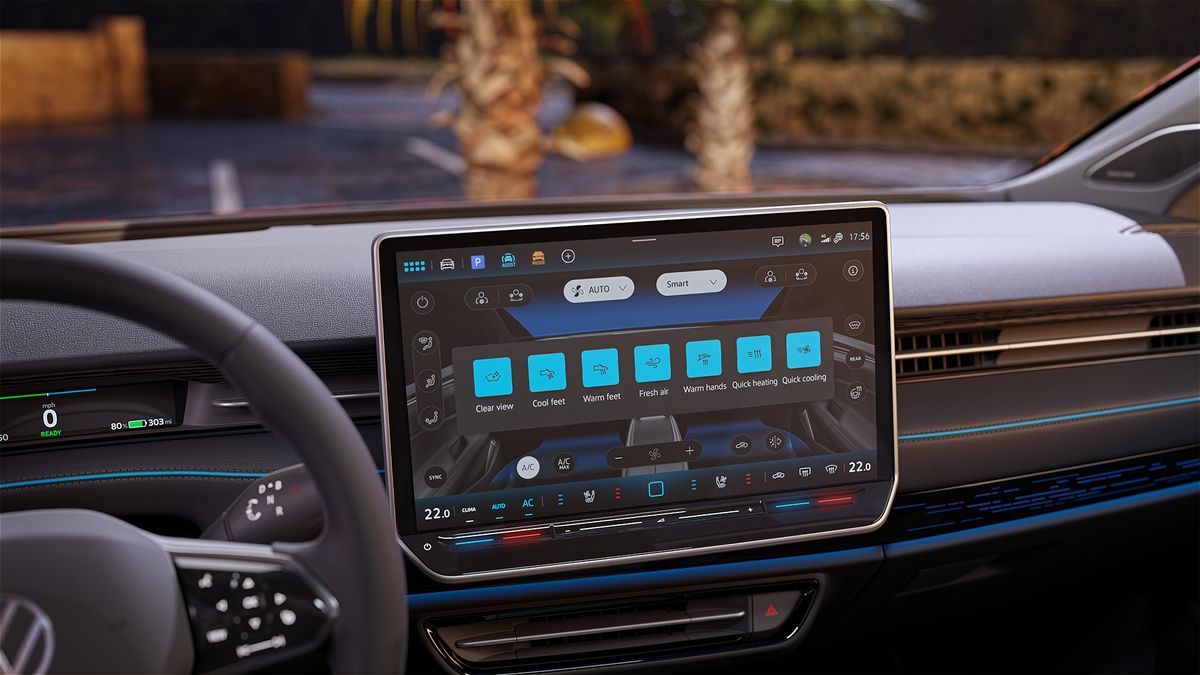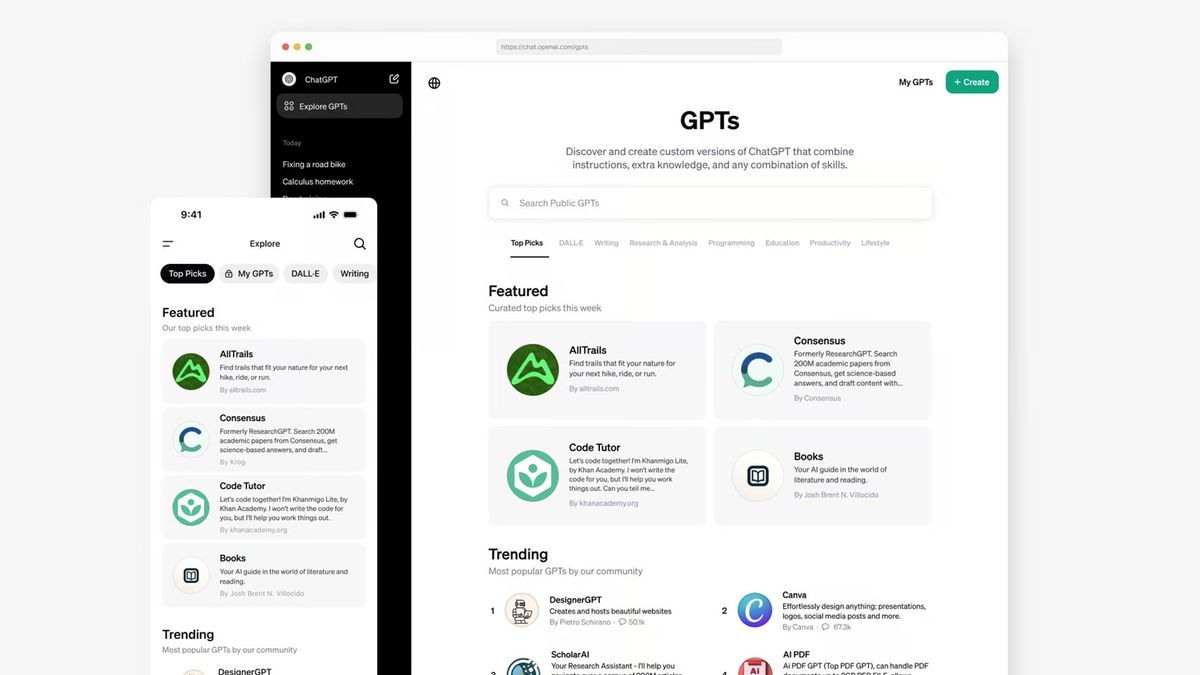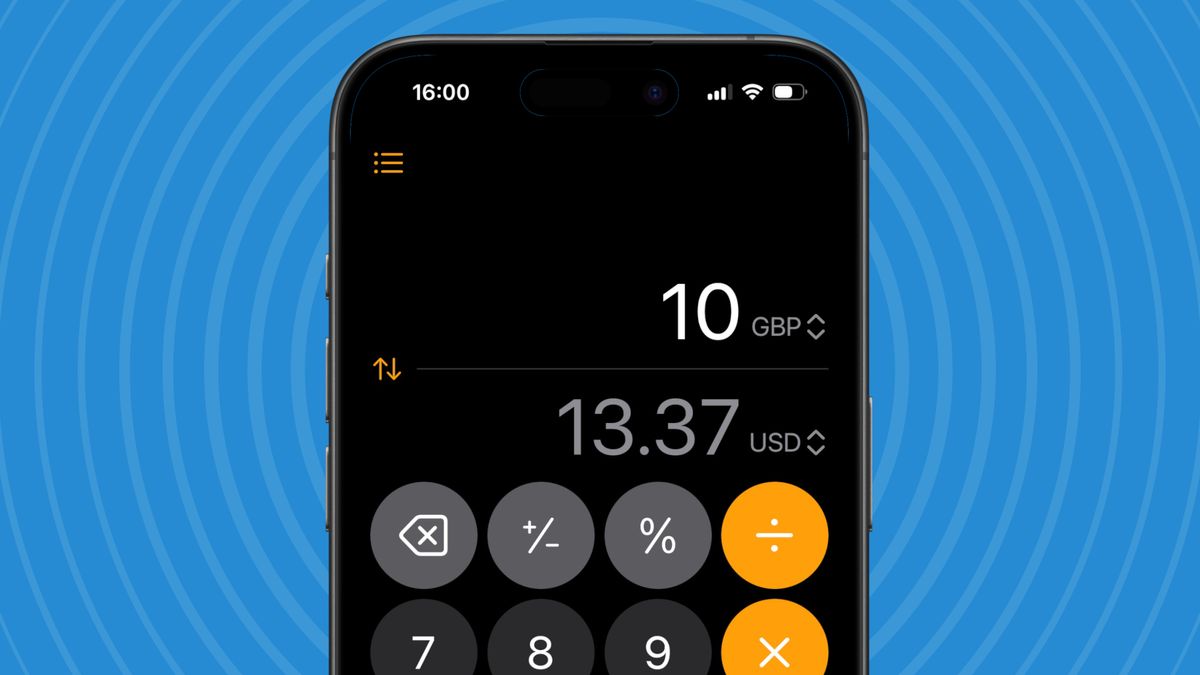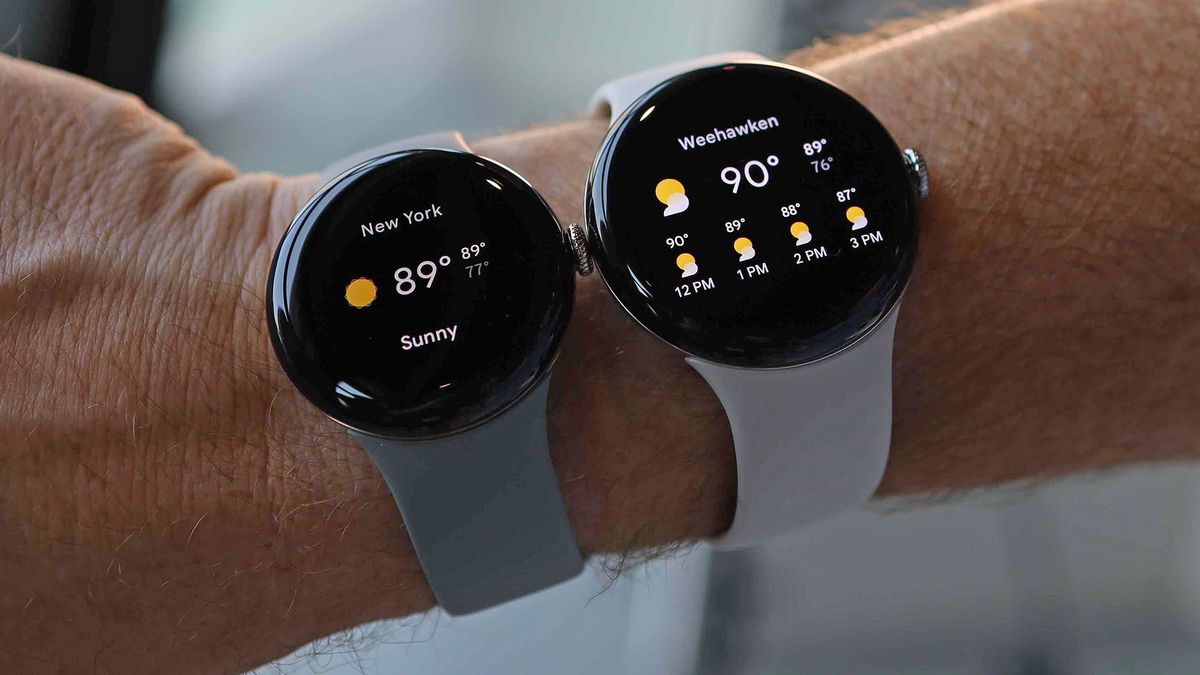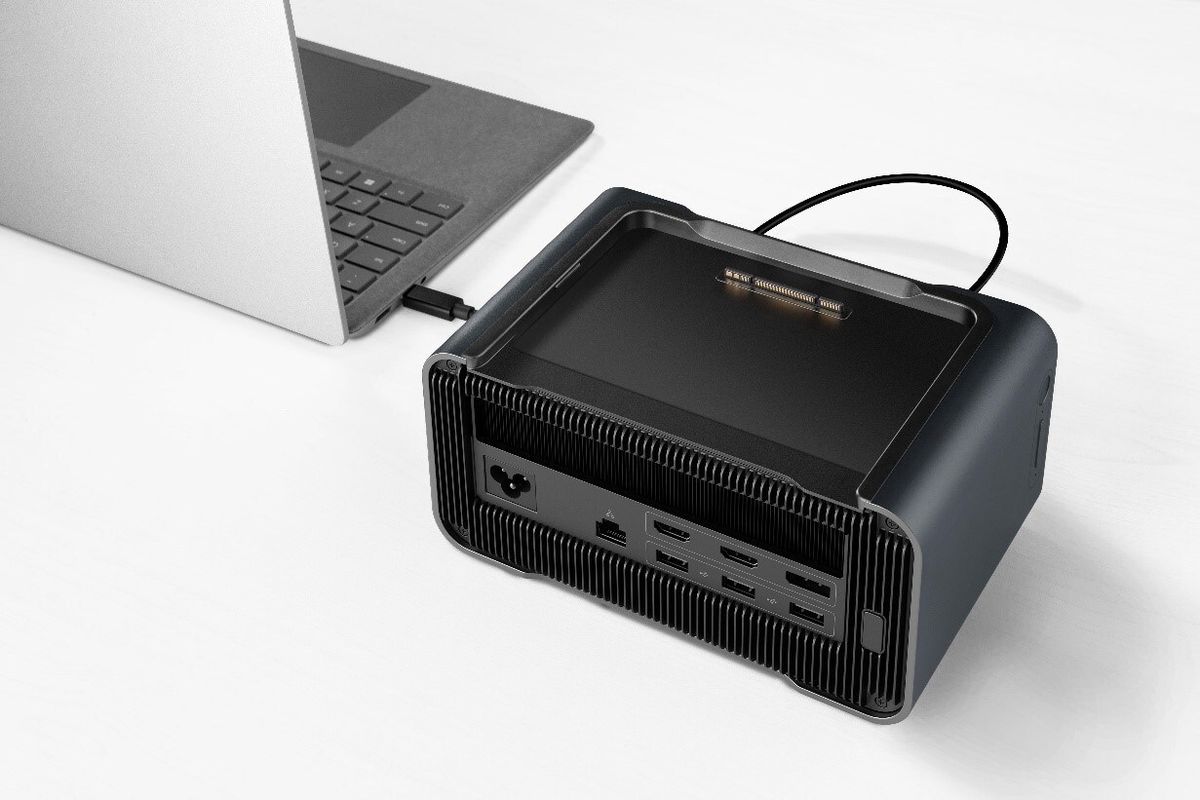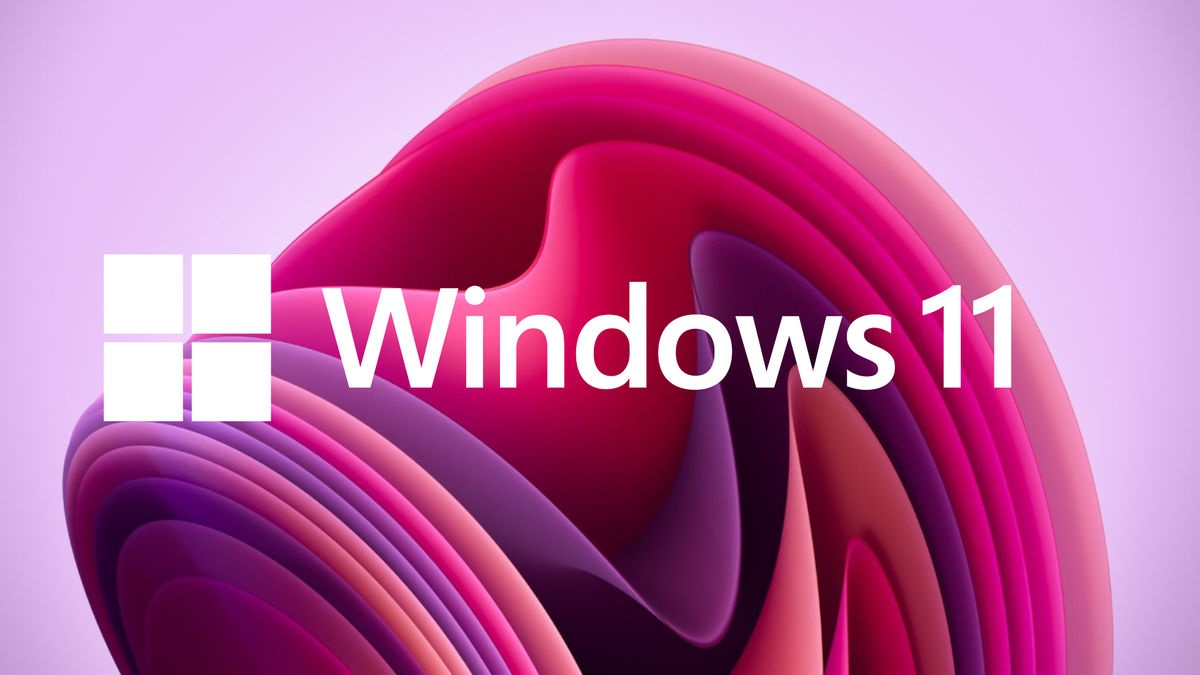Arguably Europe's most influential car safety assessment program has announced that it aims to “incentivize” manufacturers to refrain from assigning key car functions to touchscreens, with the onus on returning to physical controls.
It's a complaint many drivers have with modern vehicles, as recent trends in automotive design have seen car interiors stripped of almost all physical controls, with even important functions now hidden deep inside. of menus on a touch screen.
Volkswagen, for example, was criticized for its infotainment in the identification range, with many owners and reviewers stating that its UX was beyond frustrating and in some cases distracting, as locating even the simplest feature proved to be a complicated process. VW has since said it is going back to physical buttons in future models and has updated its infotainment offering in recent cars.
According express carEuro NCAP (which stands for European New Car Assessment Programme) Technical Director Richard Schram said: “Euro NCAP will certainly incentivize OEMs to have physical, easy-to-use, touch-based controls of key driving functions such as windscreen wipers. , warning lights and indicators.”
Schram went on to reveal that the testing protocol would change in 2026, where the safety program will award points in its 'Safe Driving' category for those vehicles that have “intuitive, easy-to-use controls.”
Although Euro NCAP has no powers to amend legislation, it is one of the most recognized safety bodies and the five-star safety rating is coveted by most manufacturers as it helps to reinforce buyer confidence in the vehicle's performance in an accident situation.
That said, it's now clearly cracking down on any infotainment use that takes the driver's eyes off the road.
Matthew Avery, director of strategic development at Euro NCAP, told Hagerty: “The overuse of touchscreens is an industry-wide problem, with almost all vehicle manufacturers moving key controls to central touchscreens, which forces drivers to take their eyes off the road and increases the risk of falls due to distraction.”
Tesla, for example, recently eliminated traditional indicators (turn signals) on the updated Model S and Model
But some users have reported that they are awkward and unnatural to position, while operating them when the wheel is in the fully locked position (when navigating a roundabout, for example) is much more difficult than necessary.
In fact, driving schools in Norway have reportedly banned the use of any Tesla model that lacks turn signals for this very reason.
Play safe
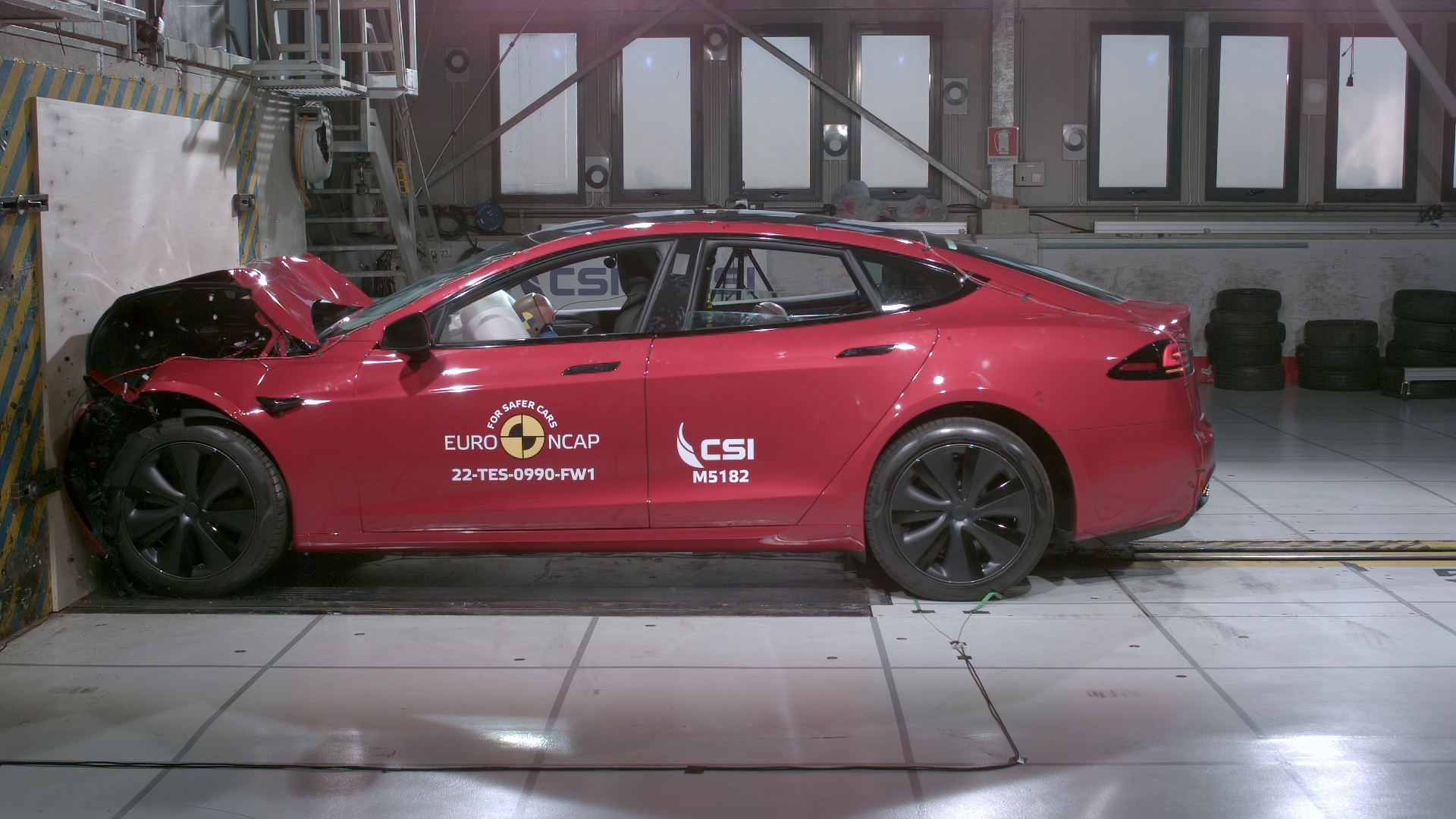
Euro NCAP is a hugely influential figure in the automotive sector, and many of the parameters it has introduced over the years directly influence the type of safety technology we now find in modern vehicles.
While I'm all for physical buttons that control key car functions, we've also experienced firsthand how annoying and annoying many modern safety systems can be. The likes of Lane Keep Assist, Lane Departure Warnings. Euro NCAP celebrates forward collision warning and driver drowsiness monitoring, but they can also be some of the most annoying and distracting features in a modern vehicle.
Lane Keeping Assist may work well on a perfectly marked motorway or motorway, but it can also physically intervene when not needed on a narrow country road, for example.
Kia's much-celebrated EV9 received a full five-star Euro NCAP rating, but it was the most annoying car I've driven in recent years. The endless bumps, beeps and vibrations drove me around the bend.
What's worse is that to achieve full Euro NCAP rating, these features must be reactivated every time you restart the vehicle, meaning the irritating menu to disable unwanted and distracting features is distracting in itself.
It is clear that Euro NCAP's intentions are almost always good, but care must be taken that adding more and more security elements does not have the opposite effect.

